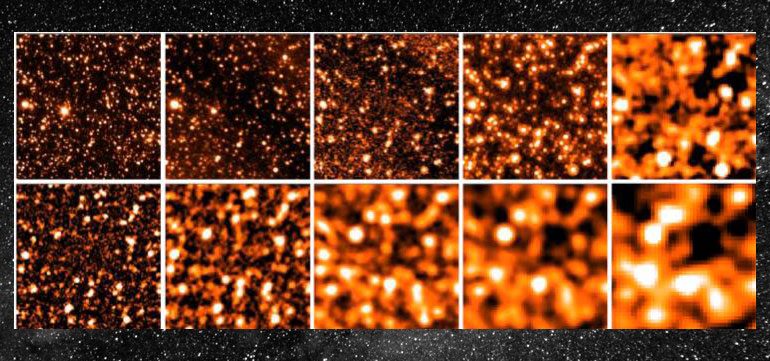
The early growth of galaxies: The HST, Spitzer and Herschel joint legacy
LOCATION: Sport & Kurhotel at Bad Moos - Via Val Fiscalina 27, 39030, Sexten
DETAILS
Aim of the workshop
This workshop is organized under the auspices of the ASTRODEEP project and is devoted to discuss the legacy of the Great Observatories (in orbit and on the ground) in the study of high redshift galaxies. We aim at bringing together members of the CANDELS and the GOODS-Herschel collaborations, as well as external scientists interested in the topics, to present their latest results and the perspectives for the next future.
Scientific rationale
In the last 15 years we have witnessed a true revolution in our capability of exploring the Universe up to the earliest ages and of understanding the physics of early galaxy evolution, opening a new window in the exploration of galaxies beyond redshift 2-3. These advantages have been made possible mainly by the latest generation of instruments and satellites. In particular, the three Great Observatories in space (HST, Spitzer and Herschel), coupled with Chandra and all major telescopes from the ground, have delivered full panchromatic information on large samples of galaxies at high redshift.
This large amount of complementary data allow us to understand the physical processes at play and to observe them at different cosmic epochs, using sophisticated techniques to recover rest-frame parameters of distant galaxies from their Spectral Energy Distribution .
Now that all the major satellites are either aging (as in the case of HST, Spitzer and Chandra) or have ceased their operations (like Herschel), time is ripe to discuss their legacy, summarizing their overall findings and the scientific challenges that are still to be solved.
This workshop aims at gathering experts from both the CANDELS and the GOODS-HERSCHEL teams to discuss the latest results and open problems in these fields.
Selected scientists from other teams will also be invited, in order to put the discussion in a broader context.
Topics
Topics to be covered are:
– Statistical properties of high redshift galaxies
– Rest frame properties of high redshift galaxies and AGN:
– The estimate of star formation and stellar masses at high redshift;
– The consistency (or lack of) in star formation rate and stellar mass assembly;
– Estimate of metallicity and its impact on the global properties;
– The evolution of dust and dust-to-gas content in high redshift galaxies
– Differentiating AGN and starburst galaxies at different wavelengths;
– Methods for optimal photometry over a large wavelength and spatial resolution range;
– Synthetic templates for SED fitting techniques;
Invited and confirmed speakers
Marusa Bradac
RELATED FILES
FEE
To be defined
WORKSHOP CODE FOR BUS AND PAYMENT
ORGANIZERS
SOC:
- A. Fontana (Chair)
- A. Comastri
- J. Dunlop
- D. Elbaz
- H. Ferguson
- S. Faber
